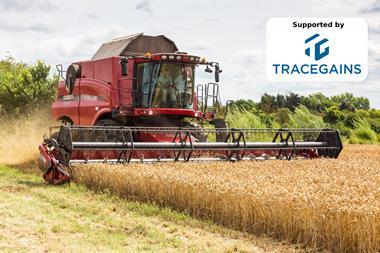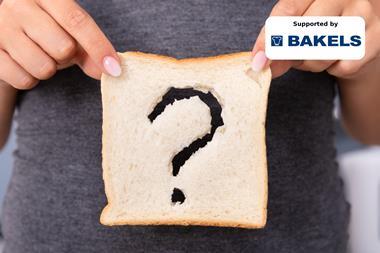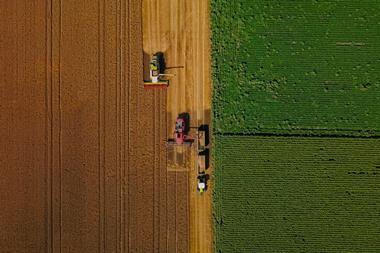In sourdough, the rising process is driven by bacteria (predominantly lactobacilli) which are present naturally in the environment, and wild yeasts found on flour.
The bacteria and yeast work together when flour is mixed with warm water. Lactobacilli break down the complex carbohydrates in flours into simple sugars. The yeast metabolises the sugars provided by the lactobacilli and produces carbon dioxide bubbles. During processing, gluten forms, which traps the bubbles and causes the dough to expand, at a slower rate than with additional yeast.
Hannah Earles, bakery technologist, Campden BRI
Campden BRI provides technical support to the food, drinks and allied industries worldwide. Its activities are built on a programme of industrial relevant research and innovation steered by industry. See campdenbri.co.uk or telephone 01386 842000


























No comments yet